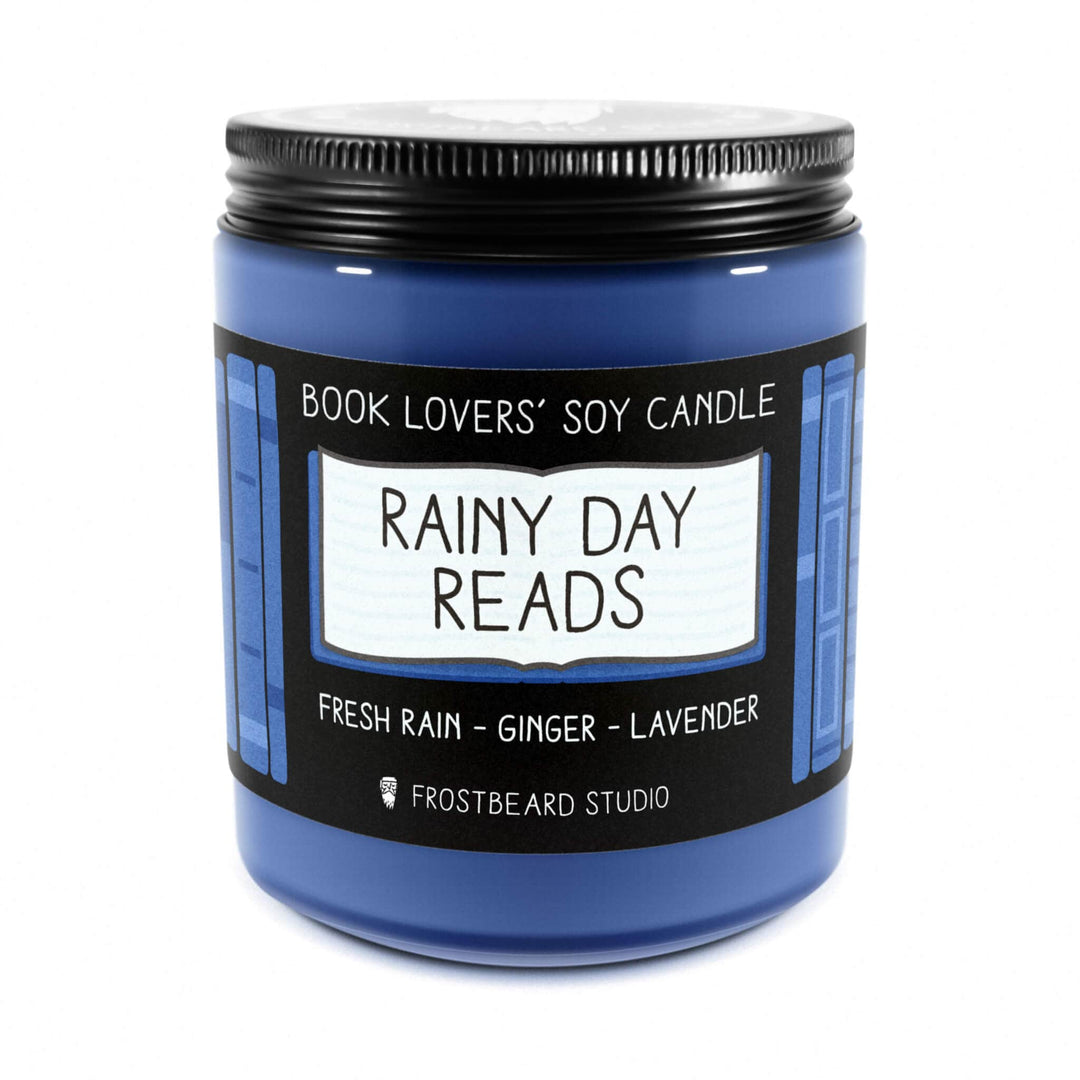Exploring Literary Devices To Enhance How You Read

Literary devices are tools that writers use to create special effects or feelings in their work. By exploring literary devices, you can enhance how you read and appreciate the beauty and creativity that goes into constructing a literary piece. Anyone at any reading level can benefit from learning or relearning popular literary devices and their definitions. We also include examples for all the literary devices below.
Metaphor Compares Two Unrelated Things
A metaphor is a figure of speech that compares two unrelated things, as in “Life is a roller coaster.” Obviously, life is not literally a roller coaster. We don’t wake up every day strapped into a roller coaster seat. However, life does experience many ups and downs—just like a roller coaster does.
Metaphors can be powerful tools for authors to convey abstract themes and ideas. They paint vivid images in readers’ minds, allowing them to experience the text on a deeper level. For example, you probably have a better mental picture of life’s ups and downs now that you’ve compared them so directly to a roller coaster. You can uncover hidden meanings and appreciate the skill and creativity of a writer when you understand metaphors.
Simile Compares Two Unrelated Things With Comparison Words
A simile is like a metaphor, except this comparison uses “like” or “as.” For example, “He is as brave as a lion” is a simile. A person cannot literally have the bravery of a wild animal such as a lion, but they can exhibit similar qualities.
Similes can enrich your reading experience by helping you visualize the imagery and comparisons that authors use to describe characters or settings. Recognizing similes also allows you to make connections between different elements in a text, allowing for a more comprehensive understanding of the work.
Personification Makes the Nonhuman Appear Human
Personification gives human qualities to nonhuman entities, as demonstrated in this sentence: “The wind whispered through the trees.” Wind doesn’t have a physical form, and it definitely doesn’t have the mouth or vocal cords necessary to whisper. However, using the word whisper to describe the wind helps us understand how gentle and quiet the wind is.
This literary device makes a text more dynamic and engaging, stimulating your imagination and bringing the story to life. You can even imagine objects and forces interacting with each other in human-like ways. Identifying instances of personification helps you enjoy content on a more immersive level.
Foreshadowing Hints at What’s To Come
Foreshadowing provides hints or clues about future events in a story, creating anticipation and suspense for readers. For example, a character might find a mysterious note warning them of danger ahead, which sets the stage for the twist or conflict that is to come. The note doesn’t explicitly say what the danger is or where it is ahead, so we must wait and discover what happens as we read.
By understanding foreshadowing, you can heighten your engagement with a text. You will attempt to predict future events or piece together the significance of subtle clues, which creates a more thrilling, suspenseful reading experience.
Irony Is a Disconnect Between Words and Meaning or Expectations and Reality
Irony involves a difference between what is said and what is meant or between what happens and what was expected. Someone could ironically say, “That’s horrible,” in response to the good news that their friend won the lottery. Likewise, an example of situational irony is a fire station burning down. We expect firefighters to prevent fires in their own stations, so it’s ironic that a fire station burned.
Grasping irony can deepen your appreciation of an author’s wit and narrative skill. When you recognize irony in a text, you can enjoy the subtle humor and the clever ways in which authors play with reader expectations.
Alliteration Is Specific Repetition
Alliteration is the repetition of initial consonant sounds in neighboring words. The famous tongue twister, “Peter Piper picked a peck of pickled peppers,” demonstrates alliteration through the repeating “p” sound at the beginning of almost every word.
Recognizing alliteration in a piece can enhance your enjoyment of its words’ sound and rhythm. Alliteration makes the prose or poetry you’re reading more captivating and engaging.
Oxymoron Dramatically Combines Descriptions
Oxymorons involve the combination of two contradictory terms for dramatic effect, such as “bittersweet.” The combination can deepen your understanding of an author’s intention. If a young adult character described the act of moving away from home for the first time as “bittersweet,” you would understand that the situation is sad in some ways and happy in others. While the situation doesn’t create a specific taste involving literal bitter and sweet flavors, the word choice paints a good mental picture for us.
By incorporating oxymorons in their work, authors highlight the paradoxes and complexities within the text. These paradoxes and complexities often reflect the intricacies and contradictions of real-life situations, so staying aware of them enhances our understanding of literature and life.
Hyperbole Shouldn’t Be Taken Literally
Hyperbole exaggerates statements not meant to be taken literally. For example, a character might exclaim, “I’m so hungry I could eat a horse!” when feeling particularly famished. Obviously, a person couldn’t actually eat a whole horse, no matter how hungry they are.
Identifying hyperboles can help readers understand a character’s feelings or actions more closely. It also allows readers to grasp the intensity behind a character’s emotions while appreciating the author’s use of imaginative language to create humor, emphasis, or an emotional effect.
Onomatopoeia Makes Us Hear and Feel What We Read
Onomatopoeic words, such as “buzz,” imitate natural sounds of things. If you say the word “buzz” aloud, your tongue and teeth will make a literal buzzing sound and feel.
Understanding onomatopoeia can help create vivid imagery that transports readers into the world the author is building, even if that world is our own. Recognizing when authors use onomatopoeia can lead to a more engaging reading experience. You will also gain a deeper appreciation for the artistry of language that captures the essence of a sound or sensation.
Symbolism Uses a Thing To Represent an Idea
Symbolism is the use of symbols to signify ideas and qualities different from their literal sense. For instance, a dove often symbolizes peace in various cultures and books. They symbolize peace because of their caring nature and their prominent role in ancient stories. For example, the Aztecs believed that the goddess Xochiquetzal came incarnate as a dove after a great flood. Her incarnation was proof of love and peace. In the Bible, a dove brought Noah a twig to alert him that the global flood was over and peace had returned to the earth.
Symbols can add a layer of depth to your grasp of a text. Recognizing this added meaning elevates your awareness of a text’s themes and motifs. Acknowledging symbolism in literature enriches your understanding of the work and encourages you to explore underlying messages, connections, and themes.
Exploring literary devices to enhance how you read can deepen your appreciation for literature and provide a richer, more fulfilling experience. Engaging your senses can also create a deeper, richer reading experience. Frostbeard Studio runs an online candle store for this exact reason. We create candles, many with bookish themes, so you can light and enjoy them while you read.









